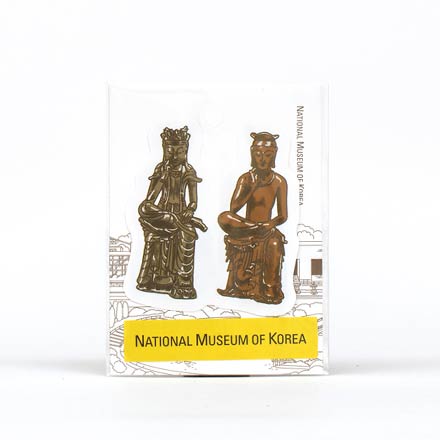
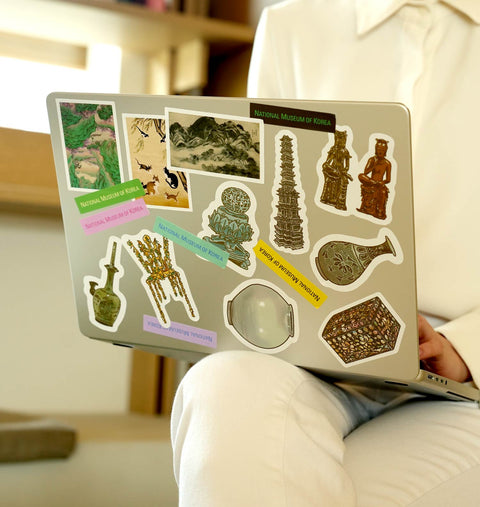
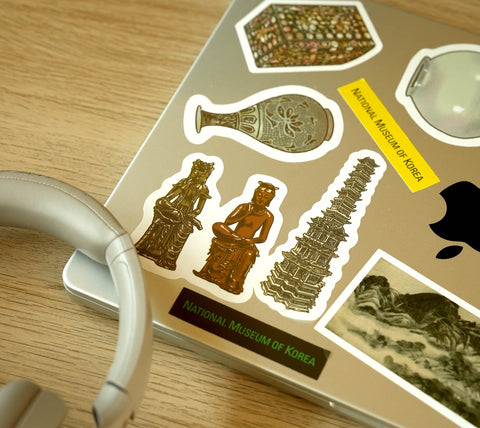
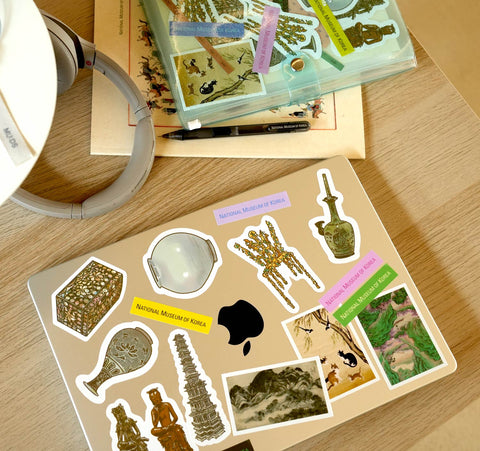
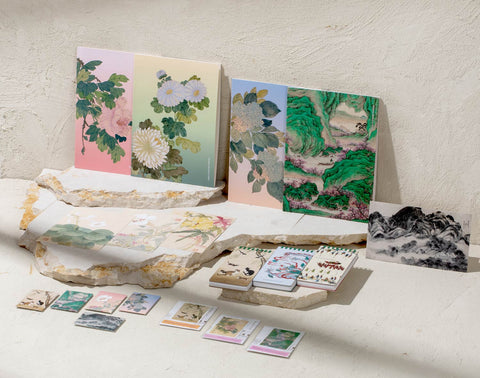
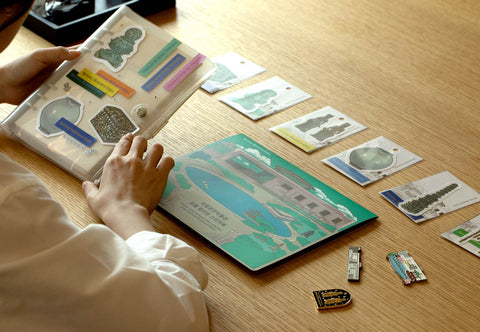
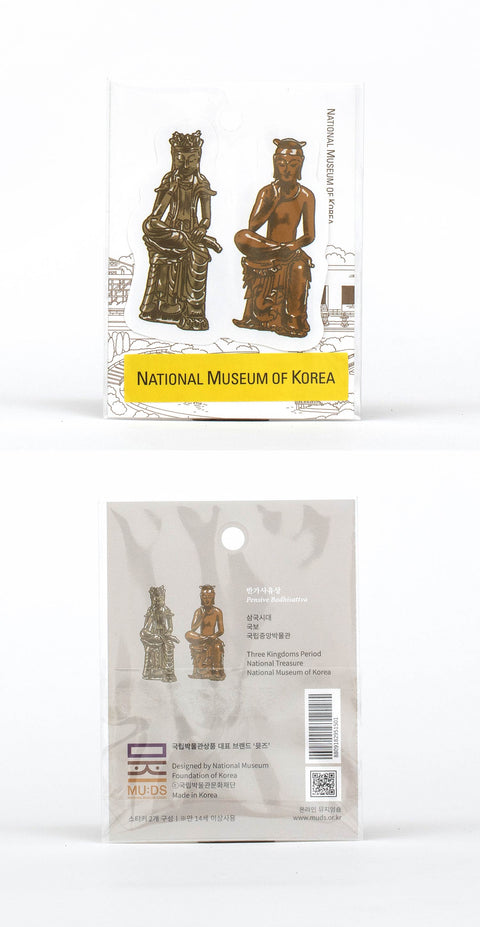
Sticker(Pensive Bodhisattva)
Sticker of Items from the Collection of the National Museum of Korea
(Pensive Bodhisattva)
Product : 77x105mm
Weight : 10g
Concept
A range of practical stationery and lifestyle products has been designed with the aim of bringing the beauty of items from the collections of the national museums into everyday life. This new range of museum souvenirs is presented in the hope that visitors can fondly remember their experience at the museum as a place where history and culture come alive. With these souvenirs featuring a variety of items from the museums’ collections, you are invited to relive your visits and cherish the memories for a long time.
Features
Each set includes two stickers. The stickers are durable thanks to a sturdy coating, and they are made with removable adhesive to ensure that no residue is left behind.
Feel free to use them without worry since they leave no marks when applied and removed.
You can stick them on portable electronics, luggage, or any other items to enjoy and collect museum artifacts in a fun way.
Reilc
This statue strikes a classic contemplative pose: one leg perched up on the other knee, with fingers raised up against the cheek. This pose is quite common in Buddhist sculpture, and it was derived from the young Indian Prince, Siddhartha Gautama, contemplating the nature of human life. In China, such pensive statues were most common in the 5th and 6th centuries, while in Korea they are usually from the 6th and 7th centuries. This Buddhist statue (designated as Korea’s National Treasure No.78) sports a tall crown decorated with a sun and moon. This type of crown originated in the Sassanid Persian Empire, but it was transmitted east via the Silk Road and was adapted as a crown for bodhisattvas. The statue is relatively tall, but the bronze layer is exceptionally thin—as thin as 2 mm—showing that the artisans of the period had developed advanced metal craft techniques. The sophistication of the artistic style and technique is further exemplified by several lifelike details: the benign, delicate smile; the amazingly natural sitting posture; the organic harmony between the body parts; and the dynamic flow of the veil robe and waist rope.


